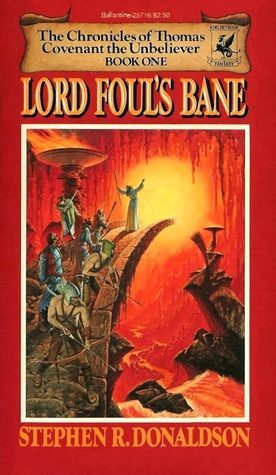Heropath is a video game that is inspired by video games but just as importantly is inspired by other non-video game influences. These are listed below in chronological order:
Carl Jung (Psychologist, 1875-1961) – A giant among 20th century thinkers whose work continues to influence and inspire in disparate realms including the creative fields. His writing and philosophy on individuation, synchronicity, archetypal phenomena, the collective unconscious, and the psychological complex are all powerful models to understand the depths of humanity.
I Dream of Jeannie (Television, 1965-1970) – The charming and whimsical adventures of a powerful but naïve genie who creates problems for her love-interest and solves them by the end of every episode. In a way, video games are the same thing. They create problems that needs to be solved by the player and Heropath will pay homage to this.
Chronicles of Thomas Covenant (Fiction, 1977-2013) – This fantasy series is a homage to Tolkien and Lewis but is updated with Gen-X disdain and ugliness of the main character that I found riveting. Thomas Covenant is a selfish and diseased hero who finds redemption through his act of redeeming The Land from evil. Heropath will possess my own Gen-X cynicism but also a hopeful message.
The Police Discography (Albums, 1978-1983) – These five albums are a brilliant mixing of genres, contain masterful musicianship, and provides outstanding cerebral-pop. The Police managed to range from absurd, light fun, to raunchy, to darkly introspective. They blended rock, new wave, punk, reggae, pop, and jazz. While Heropath won’t feature Roxanne as a song, the bold blending of styles is a goal that I will aim for.
Dungeons & Dragons ‘Mentzer Series’ (TTRPG, 1983-1986) – While most of the Role Playing Game industry fell in love with the indomitable Advanced rule set, I found myself enamoured with the scope and elegance of the Basic, Expert, Companion, Master, Immortal boxed sets. This was the first (and only?) TTRPG to actually incorporate an Endgame and will be a big influence on Heropath.
Planetary (Comics, 1998-2009) – I remember vividly my introduction to Planetary and how riveting I found it. Planetary was the beginning of the cinematic comic, telling stories in such a way that you did not need to wonder what this would look like as a movie because your imagination did all of the work. Ellis’ archaeology of pop-culture is amazing and I hope to achieve a smidgen of the synthesis and homage he accomplished.
The Matrix series (Films, 1999, 2003, 2021) – While Heropath will not be a dystopian cyberpunk setting, these films visually and thematically asked us ‘What is real?’ while telling us a tale as old as time. The Matrix series not only broke cinematic barriers but broached philosophical questions about what it means to be human that is worthy of the best science fiction.
The Cabin in the Woods (Film, 2012) – I don’t like horror as a genre even though I understand its appeal to others. This film deconstructs horror, its tropes, and creates a brilliant meta-plot that still has me grinning at its cleverness. I’d love to deconstruct video game genres the way Whedon and Goddard did in this remarkable film.
While Heropath will mimic an epic fantasy tale, it intends to be different by deconstructing its tropes. The following are noted legendary sources of inspiration: Dune, Star Wars, The Lord of the Rings, The Chronicles of Narnia, and various superhero comic books.
So how will I mix something like The Cabin in the Woods with I Dream of Jeannie? I don’t know! The listing above is pretty damn eclectic but what they all possess one of the following: a playful style, trope analysis and deconstruction, and a synthesis/harmonization of disparate parts. This will be a fun and intriguing experiment.

